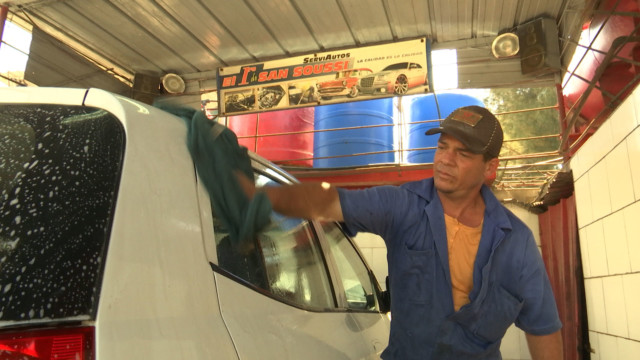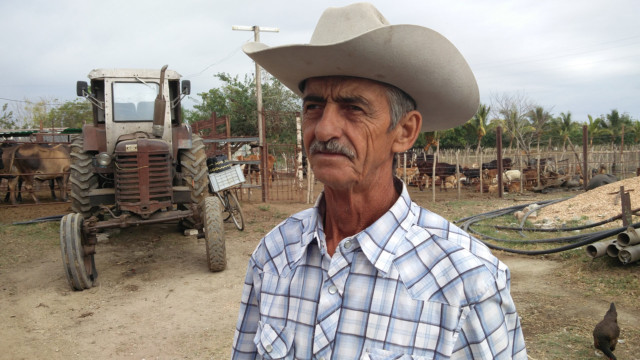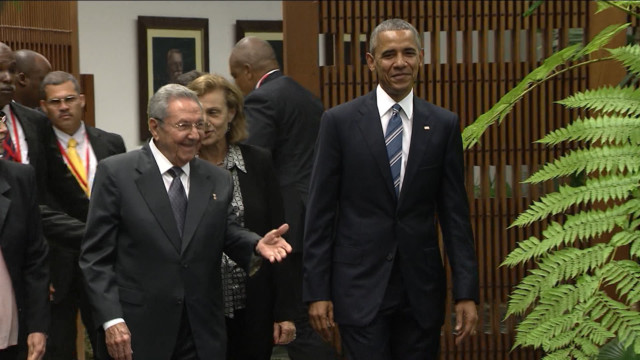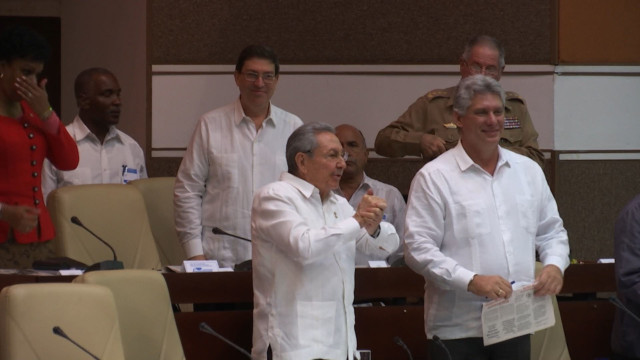Stories in this series
Cuba is about to undertake a major generational change. President Raul Castro is due to retire as president on April 19, the first time in almost 60 years that there will not be a Castro in charge.
For the final part of his series looking at key moments which have helped shape Cuba today, CGTN’s Michael Voss reports on how Cuba has changed since Fidel Castro became ill and passed the Presidency onto his younger brother Raul Castro.
Nelson Bernal has converted part of his modest house on the outskirts of Havana into a private car wash business. On one side of his house, his neighbor has turned his home into a hamburger joint, on the other there is a café /bar.
All of this would have been unimaginable in Cuba before Raul Castro came to power. Today almost 600,000 Cubans work in the private sector.
“Ten years ago, it wasn’t possible to be self-employed and run a business like this.” Car wash owner Nelson Bernal told me.
“We’re really happy to have this opportunity and are taking the maximum advantage of it.” He added.
Cuba’s charismatic former revolutionary leader, Fidel Castro, ruled Cuba for almost 50 years. In 2006, Fidel became ill and handed power to his younger brother Raul. Many in the west wondered whether the revolutionary socialist society Fidel created could survive without him.
It wasn’t long before Raul Castro showed he had ideas of his own.

In 2007, Raul Castro called for conceptual and structural changes opening the door to a range of Economic and social reforms.
In July 2007, shortly after I arrived in Cuba I travelled to the central city of Camaguey for the Rebellion Bay 26th July rally and Raul Castro’s first major televised address to the nation.
It was the first indication that change was on the way.
Thousands of people packed into Camaguey’s Revolution Square where Castro surprised the nation with his criticism of some of the country’s economic shortcomings especially in food production.
“It’s imperative that we produce more on the land.” Castro told the crowd.
“And to reach our objectives we must introduce the structural and conceptual changes that are necessary.”
Talk of structural and conceptual changes suggested that here was a pragmatic leader prepared to challenge communist orthodoxy.
What followed was a series of economic, social and foreign policy reforms.
One of Castro’s first major initiatives was leasing underused state-owned land to private farmers like Jorge Robles. Cuba was importing the majority of its food while vast areas of arable state land were covered in an impenetrable shrub called Marabu.
I first met Jorge Robles back in 2009. He had recently taken up the offer and moved his family into a wooden shack without electricity while he set about clearing the land of Marabu.
When I returned two years later, he was raising cattle, growing bananas and building a new home.
Today the house is built and with electricity. Robles now has more than 80 cows. He has also planted some 3,000 guava trees along with hundreds of mangoes and avocadoes.
Jorge Robles is one of around 150,000 Cubans who have leased more than a million and a half hectares of agricultural land from the state.
“It’s good, it lets people produce; the larger the production, the better for the country and for everybody.” Robles said. “They should give more land so we can produce more.”
Raul Castro also started lifting a number of restrictions which had long angered many Cubans. They can now buy and sell their homes and travel abroad without needing permission in advance.
Internet access is also starting to ease with most towns now offering Wi-Fi hotspots.
Raul Castro’s other major breakthrough was restoring diplomatic relations with the United States and inviting President Barack Obama for his historic visit to Cuba.
Rafael Hernandez is editor of Temas, the monthly magazine which focuses on political social and cultural issues.
“I think that Raul Castro’s main legacy, one of the main legacies, is to make reforms a legitimate policy. To make Cubans used to the idea that socialism is not a system that is intact that is the same.” Hernandez told me.
But there are still plenty of challenges. The economy is struggling, the market reforms have stalled and détente with the United States has gone backwards under President Donald Trump.
The man widely expected to become Cuba’s next President and take over the reform process is 57 year old Miguel Diaz–Canel.
An engineer by training he has come up through the communist party ranks. For the first time Cuba will be led by someone who is not part of the ‘heroic generation’ who fought in the 1959 Revolution.
Raul Castro though, could still exert influence as he continues as head of the Communist Party.
 CGTN America
CGTN America A boy shows a picture of Fidel Castro to the photographer as he waits for a bus headed to Bamayo to see the convoy carrying the ashes of the Cuban leader, in Bartolome Maso, a town located on the foothills of the Sierra Maestra, Cuba. (AP Photo/Natacha Pisarenko)
A boy shows a picture of Fidel Castro to the photographer as he waits for a bus headed to Bamayo to see the convoy carrying the ashes of the Cuban leader, in Bartolome Maso, a town located on the foothills of the Sierra Maestra, Cuba. (AP Photo/Natacha Pisarenko)






